research
significant papers and presentations
State Propogation Modeling
Prof. Hideo Mabuchi, Stanford University (January 2024 - June 2024)
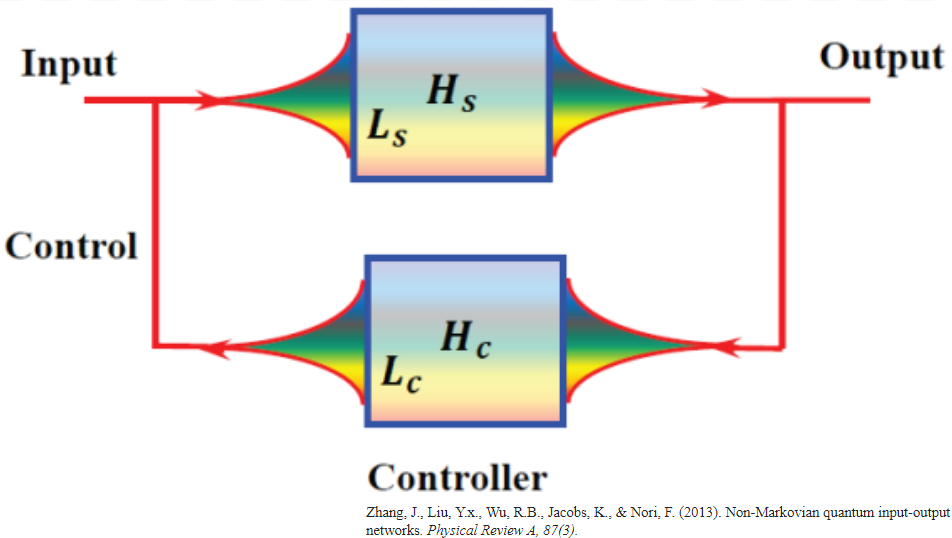
Wrote QuTiP software to characterize state propagations from Quantum Input/Output Networks (QIONs) using SLH. Quantified the advantage of a coherent controller in a non-degenerate optical parametric amplifier (NOPO) + atom cloud system. Viewed optomechanical sensors from the perspective of a control system to draw conclusions about the noise levels displayed by such devices.
Qubit Module Design
Prof. Oskar Painter, California Institute of Technology (June 2023 - September 2023)
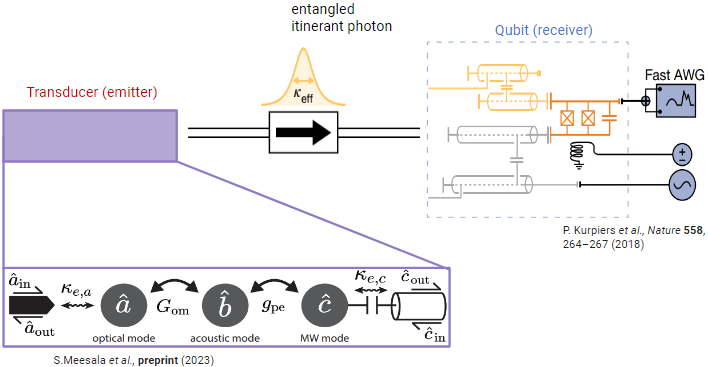
Converged on qubit module parameters that optimize the transfer fidelity of a flying photon emitted by an optomechanical transducer. Performed detailed error analyses to mitigate the efficiency drop due to multiple loss channels. Prototyped several physical layouts with distinct qubit geometries in Sonnet to determine which configurations were physically realizable.
Paper unsubmitted, but available here. Presentation slides available here.
Birifringent Material Classification
Prof. Felipe Herrera, Universidad de Santiago de Chile (USACH) (June 2022 - August 2022)
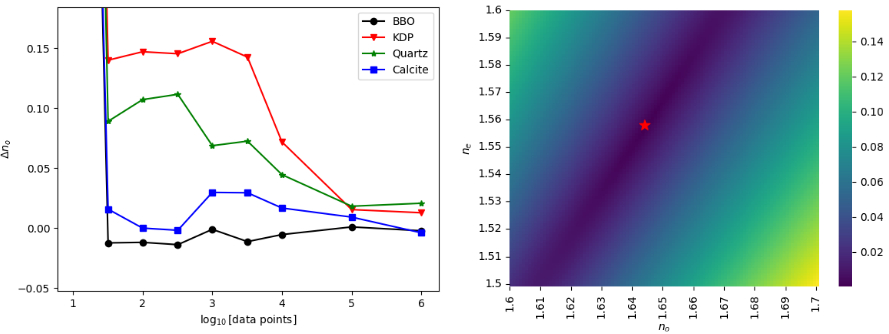
Part of my study abroad quarter in Santiago, Chile. Classified birefringent materials based on their refractive indices using a feed-forward Neural Network (NN) trained solely on optical information. Determined input data in the form of Mueller matrices and Brewster’s angles in reflection using polarimetry techniques. Engineered loss landscapes of a fixed window centered around Barium Borate (BBO) with varying resolution to measure the model’s extrapolation ability.
Paper in progress, to be submitted to Optics Continuum. Presentation slides available here.
Vanadium Phase Diagram Computation
Prof. David Goldhaber-Gordon, Stanford University (April 2022 - June 2022)
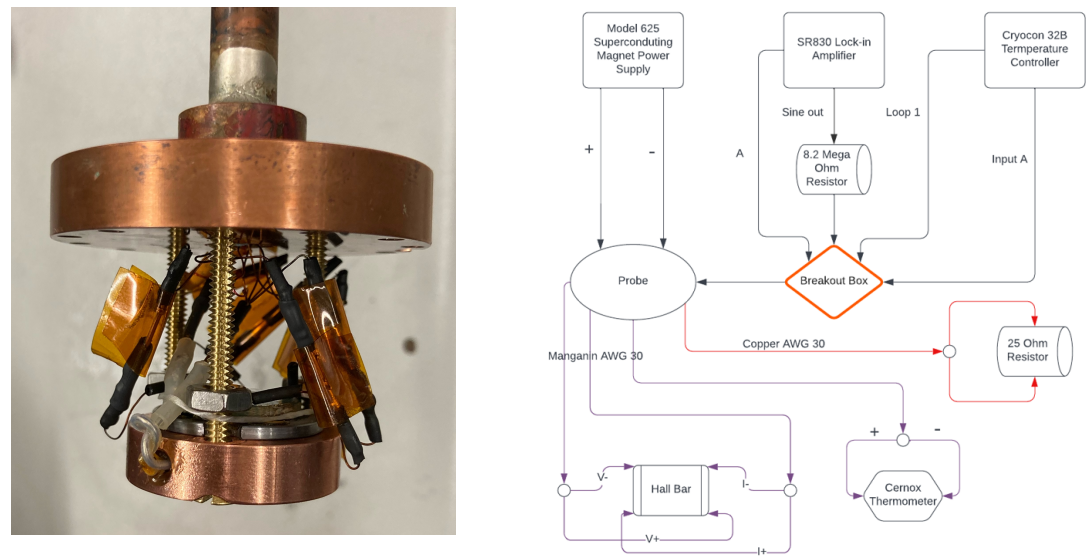
Measured the magnetic field near a pure Vanadium disk isothermally with a Hall sensor across a range of different temperatures (slow axis) and external magnetic fields (fast axis). Personal contributions included constructing the solenoid (hand-wiring), electronics layout and assembly, and software/hardware interfacing using Python. This quarter-long research project was performed in PHYSICS 108, an accelerated, guided experimental research experience.
arXiv preprint available here. Presentation slides available here.
Cuprate Superconductor Curve Corrections
Prof. Zhi-Xun Shen, Stanford University (June 2021 - August 2021)
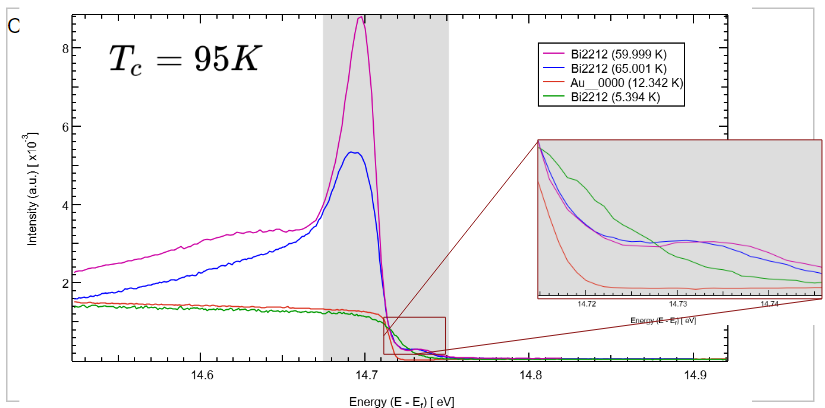
Computed corrections to energy/momentum distribution curves (EDC/MDCs) of Bismuth strontium calcium copper oxide (BSCCO) angle-resolved photoemission spectroscopy (ARPES) data via matrix convolutions. Deployed Igor Pro software to procedurally extend the first Brillouin zone of high \(T_c\) cuprate superconductors to cover a broader range of the crystal lattice.
Presentation slides available here.
Autonomous Environment Generation
Beyond Vision, Lisbon, Portugal (June 2020 - March 2021)
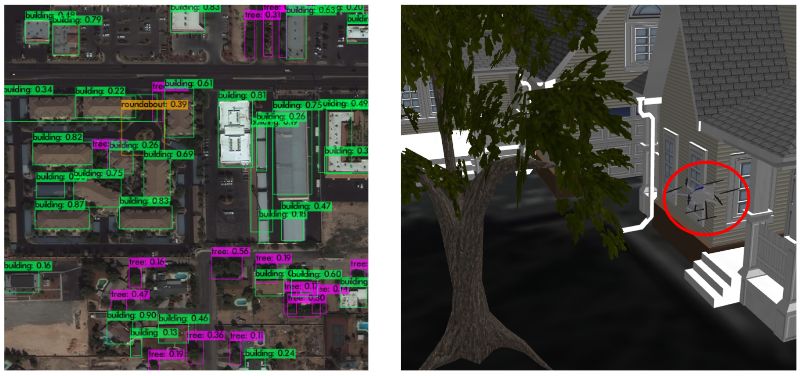
Proposed a new testbed utilizing the Robot Operating System (ROS) and Machine Learning (ML) to procedurally generate and place 3D models to create realistic environments based on satellite images, thus providing users with a more robust example of real-world UAV deployment. Main contribution was creating a feature segmentation model using YOLOv4 and MASK R-CNN (using buildings, trees, roads, etc. as objects) for placement in simulation.
Joint first author of MDPI Applied Sciences journal paper. Video demonstration available here.